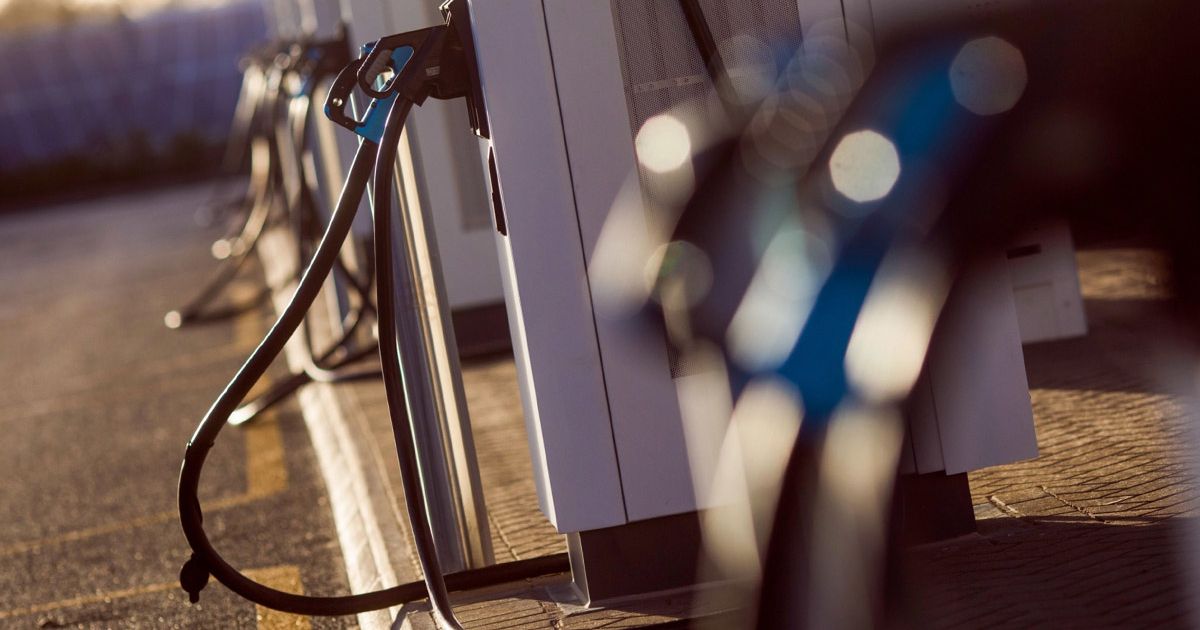
The United States is facing a charging challenge.
The Biden administration set a goal for zero-emission vehicles to make up half of new-vehicle sales by 2030. That initiative includes building a 500,000-site charging infrastructure by 2030 — about a tenfold increase from today.
Constructing a public charging infrastructure— with or without federal funding and largely from scratch— is a time-consuming, complicated process that requires coordination and investment across sectors.
Automakers, charging companies, retailers, utility companies and other stakeholders are coming together to develop a convenient, reliable charging map for EV drivers. They are plotting locations for chargers, partnering with dealerships, testing alternatives to standard charging and applying lessons from EV-trailblazer Tesla.
Automotive News spoke with dozens of industry participants and observers to identify the hurdles and solutions to deploying charging infrastructure. Industry players are feeling the urgency to develop a functional, accessible charging infrastructure as zero-emission goals are set and automakers electrify their lineups. An EV world is imminent. The industry must move quickly and pragmatically to ensure a smooth transition.